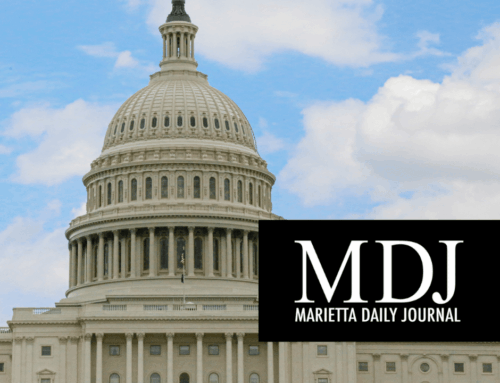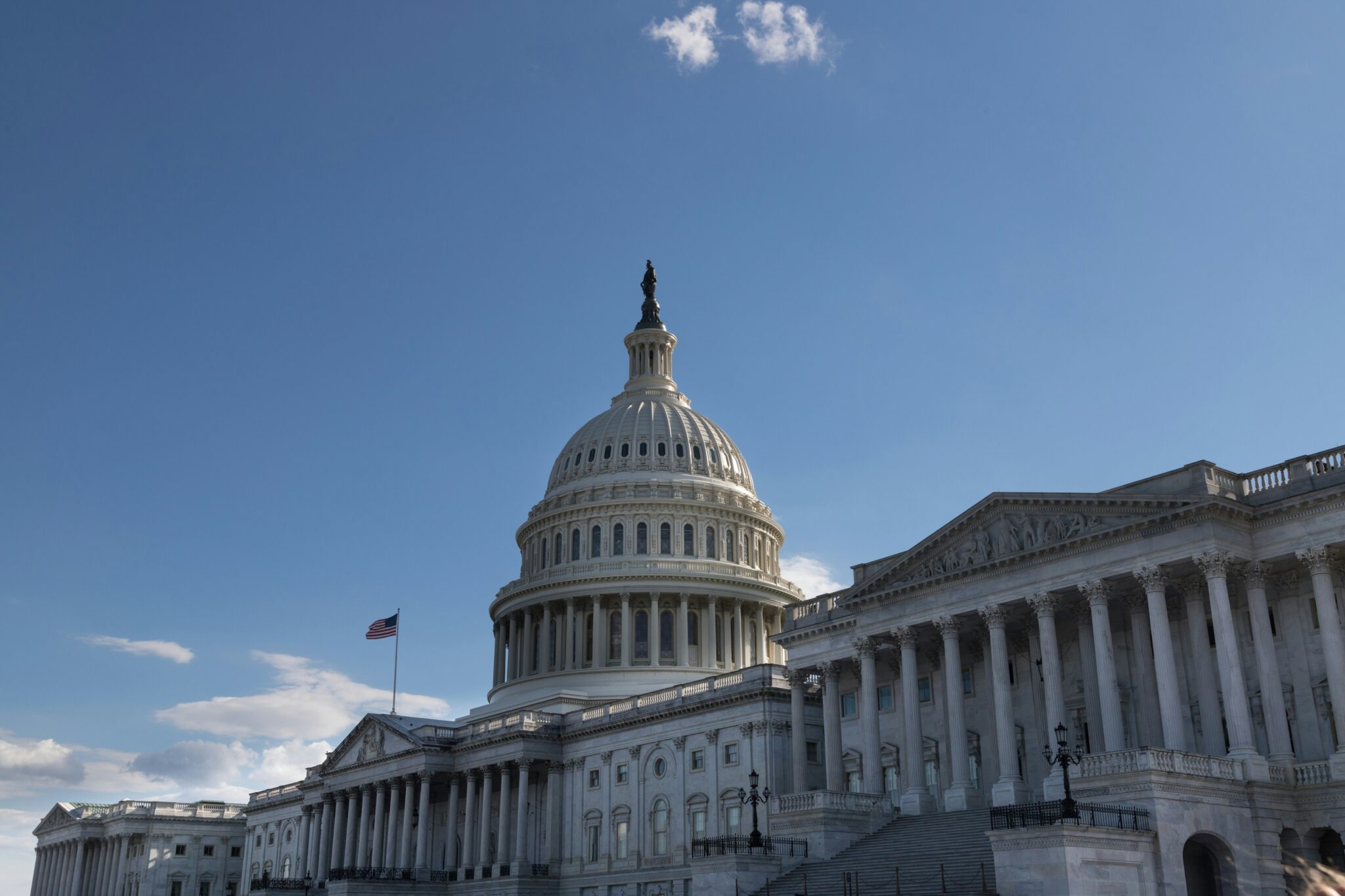Less than one year ago, many in Washington believed the world was on the brink of financial meltdown. The collapse of mega-investment bank Lehman Brothers set off a downward economic spiral and sent lawmakers scrambling to avert a feared second Great Depression. A year of unprecedented taxpayer funded bailouts and stimulus later, much of Washington seems to have moved on. But it would be much wiser for lawmakers—and even better for the wallets of taxpayers—if Washington would step back and evaluate how taxpayers are faring one year out.
Recent reports tout the returns taxpayers are receiving on their “investments” made in companies under last October’s Emergency Economic Stabilization Act . As of last week, taxpayers have received $12.4 billion either in dividend payments from companies participating in the bailout's Capital Purchase Program (CPP), or from selling warrants (similar to stock options) taxpayers acquired from certain companies receiving bailout funds. On top of this, 36 companies have repaid the Treasury the funds they received in the bailout, totaling nearly $72 billon. So it appears taxpayers are starting to recoup their initial investment while turning a small profit.
All of this while the news coming from Washington and Wall Street tells us the worst of our economic times are behind us. The stock market has rebounded from its spring lows, the economy is predicted to grow after shrinking for six quarters, and unemployment, while still high, is leveling off. As Treasury Secretary Timothy Geithner commented before TARP's Congressional Oversight Panel, “a year on from the moment of crisis, it is clear that we have stepped back from the brink and that, as the President recently said, we are pointed in the right direction.”
But more than just a cursory glance at the array of programs under the bailout reveals that taxpayers are not out of the woods yet and should be wary of breaking out the streamers and confetti for the good times ahead.
Under the CPP alone, nearly 300 billion taxpayer dollars are still outstanding while Treasury continues to invest in new recipients . And this doesn't even count the money doled out or promised under Treasury's eleven other programs: from nearly $70 billion committed to A.I.G., to more than $80 billion for GM and Chrysler, to $95 billion in the still too-big-to fail Citigroup and Bank of America. While some of theseinvestments may in fact pay off, or at least break even, the reality is taxpayers still have billions of dollars at risk from this $700 billion bill.
Perhaps the ultimate shortcoming over the last year is the lack of progress on addressing the poison in the financial well—subprime mortgages and toxic securities built on these mortgages. These are two of the greatest contributing factors to the recent financial meltdown, yet Washington has been slow to address them. With millions of homeowners still facing the threat of foreclosure , the Administration's Making Home Affordable loan modification program is finally getting off the ground . But the majority of toxic securities continue to fester on the balance sheets of banks, leaving taxpayers exposed to potentially billions in future losses.
Many credit the bailout as staving off a disaster. But nearly a year after the fact, as happens all too often in Washington, lawmakers have shifted their attention to other concerns while the fixing of our financial markets falls off the plate. As important as climate change, health care, and finishing the 2010 budget may be, the upcoming anniversary of Lehman Brothers' collapse should serve as a reminder to lawmakers that the bailout continues to hold taxpayers on the hook for potentially billions in losses. We need to stop papering over our underlying economic problems and clean up the financial mess that led us to—and keeps us mired in—the bailout.










